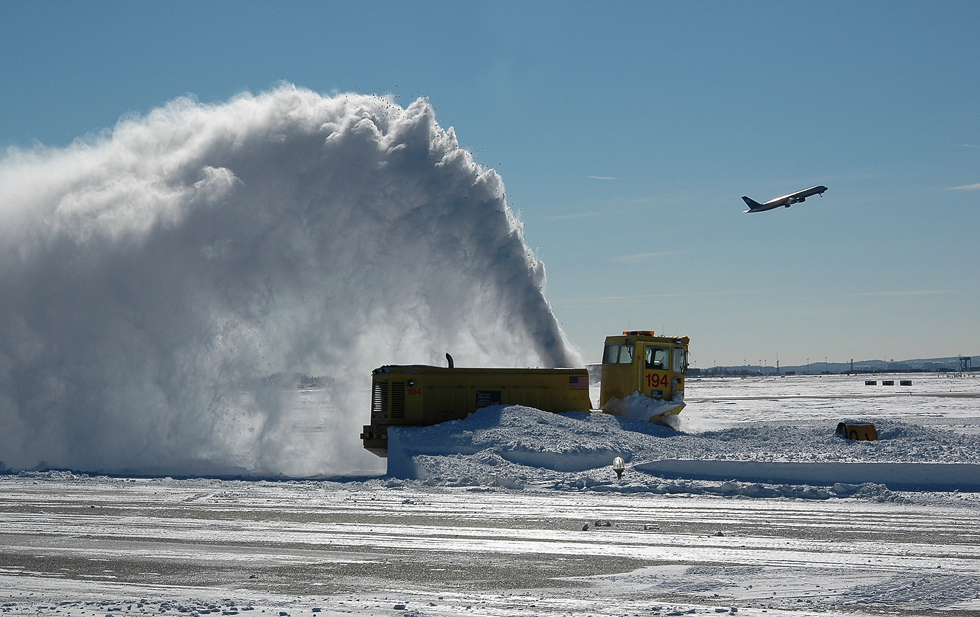
A weather app called mPing allows the National Weather Service to use realtime information from the public to fine-tune its forecasts.
The scientist who invented it is pretty excited. Besides helping make better forecasts, mPing also is a sophisticated research tool.
I didn’t ask for Kim Elmore’s business card, because there is no way it could fit in my wallet.

“I am a research scientist 3 with the Cooperative Institute for Mesoscale Meteorological Studies at the University of Oklahoma, and work at the National Severe Storms Laboratory.”
Mesoscale meteorology — I think — is what you see when you visit a city in the Lower 48 states and turn on the local news, weather, and sports.
The weather person stands in front of a map of the city and the surrounding counties and tells you what it going to be like tomorrow.
Meteorologists classify their science on spatial and time scales. Mesoscale is what people relate to the most.
“Mesoscale is about on the order of a day in time, and about on the order of a state — kind of a plains state like Iowa — in size.”
Six years ago Elmore was part of a working group at the National Severe Storms Laboratory tasked with improving the algorithm used by a new weather radar that could not just see storms, but could also identify what was falling — rain, hail, ice pellets, and so on.
The lab was already using a web page, where people could log on and report a weather observation, but it was tedious to submit a form every time. That’s when the seeds of mPing were sown.
“Somebody said, ‘You know there should be an app for that. And we thought for a minute and said, Yeah, well we don’t do apps here. We do numerical modeling and programming for simulating thunderstorms and cyclones and weather and all kinds of things. But we don’t do apps.’”
But grad students do apps.
Not much later, Elmore ran into a student, Zac Flammig in The Flying Cow, the lab’s cafeteria, who showed him a weather app he had designed for light plane pilots.
Elmore pitched the working group’s app idea to him, and mPing “was released into the wild,” as Elmore puts it, a few months later in December 2012.
Why is a weather app designed to improve radar such a great thing?
Basically, mPing is a source of a huge amount of data.
Prior to its release, the National Weather Service had about 3,000 automated weather stations.
Currently, MPing has 50,000 users and climbing, providing instantaneous weather observations from anywhere there’s a cell signal.
Elmore said companies such as Fedex and UPS are using the app to estimate travel times in and out of certain airports.
He himself is working on a grant from Purdue University — also studying ways to optimize the delivery of goods depending on weather conditions.
Other developers have tapped into mPing data for aviation software.
“It’s got all kinds of uses, and I’m sure there are tons of things people are using it for I’ve never even thought of.”
And while you wouldn’t necessarily think it’s a good idea to adapt delivery schedules — or a flight — based on weather observations from the public, Elmore says the data — all of which is anonymous, even to the lab — is surprisingly good.
Anonymity is part of the reason why mPing is trustworthy.
“Because the users are unknown to each other, we don’t believe they can affect each other’s observations. Somebody can’t say, I think it’s snow. Oh, you think it’s snow? Okay, I guess so. They have to determine this on their own. So each observation — when we talk about statistics — is what we call truly independent.”
But somebody’s always going to deviate, or just get it wrong, and mPing accounts for that possibility.
Elmore says that mPing cross-validates reports, and only identifies weather conditions that also have been reported by a large percentage of other users in an area.
So mPing, an innocuous app dreamed up in the cafeteria of the National Severe Storms Laboratory, is really quite the boon for mesoscale meteorology.
And if you’re wondering if I asked Elmore the obvious question, I did.
KCAW – Is there a guy across the hall who studies micrometeorology?
Elmore – There isn’t a guy across the hall who studies micrometeorology, but there is a guy upstairs who studies it.
The micrometeorologist upstairs specializes in the “planetary boundary layer,” Elmore said, and they don’t have an app for that — yet.
